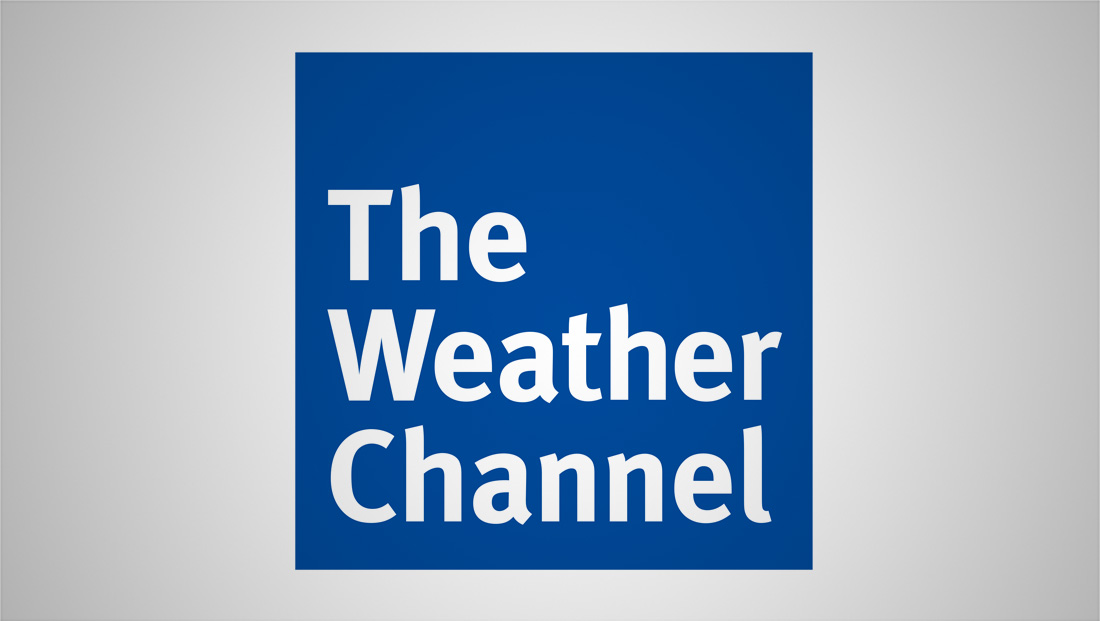Iowa viewers get racial slur in Weather Channel feed
By MixDex Article may include affiliate links

The Weather Channel has confirmed that a graphic with a racial slur aired in the Des Moines, Iowa market.
Journalist Matthew Keys was confirmed with the network that the graphic, which read “Hello Des Moines, This is your weather my N*****s,” was genuine and made it on air in the Iowa area as part of the channel’s signature “Local on the 8s” segment.
The accompanying image blurred out the N-word.
The segment, which airs at 8, 18, 28, 38, 48 and 58 past the hour, is typically inserted locally by the cable or satellite provider’s head end via the network’s propriety WeatherStar hardware and software technology.
The Weather Channel confirms this graphic accidentally made it on air in the Des Moines market on Thursday during a "Locals on the 8s" segment. I've blurred it, but I'm pretty sure you can figure out what it said. pic.twitter.com/hDVcomawGp
— Matthew Keys (@MatthewKeysLive) July 22, 2022
WeatherStar units are physical computer systems typically installed at a regional facility that handles feeds for a particular region of the country. The hardware and software pulls in data from various sources and generates the on-screen graphics shown in a market. Because each market typically has its own unit, The Weather Channel is able to offer regionally-generated content that’s unique to each market it serves with the system, which is vital in its ability to provide local and regional forecasts.
The system dates back to 1985 and was considered revolutionary at the time. It provide a variety of information, including local conditions along with forecasts and maps that draw on other data sources such as radar systems, forecast feeds and more.
The system can also be used by pay TV providers to insert advertising features and custom text, which is likely how the N-word made it on air in the Des Moines region.
The Weather Channel told Keys the text was not inputted at the network level, seeming to suggest it was an issue at a regional head end. It offered its apologies for the message.
Although most should know better, it’s not uncommon for bored technicians or TV station production staffers to play around with typing what they feel are funny messages into graphics systems. There’s no way to know how often this actually happens but then is removed before it makes it on air. However, these “jokes” do occasionally make it on air.
It’s also possible the text was inputted on purpose with the intent to offend by an employee at the regional level.
In both print and broadcast journalism, it’s a widely accepted rule that one should never type anything into an editorial, graphics or design system that shouldn’t make it on air given that the fast-paced nature of newsrooms and control rooms often mean that a user is distracted and may forget to remove the text and it making it into print, on air or online.
Issues similar to this have occasionally happened with stations’ social media accounts as well — either when someone gains unauthorized access to them or an employee sends out an offensive post inadvertently.
Popular Searches
- TV Industry News
- Broadcast Engineering News
- Broadcast Design News
- TV Talk Shows
- TV Syndication
- TV Advertising
- TV News Jobs
- TV Industry Mergers and Acquisitions
- TV Anchors
- Cable News
- Late Night TV
- TV Syndication News
- Broadcast Industry News
- TV News Drone Journalism
- TV News Augmented Reality
- TV Weather Forecasting
- TV News Journalism
- TV News Ethics
- OTT News
- News About NBC
- News About CBS
- News About ABC
- News About CNN
- News About MSNBC
- News About Fox News

